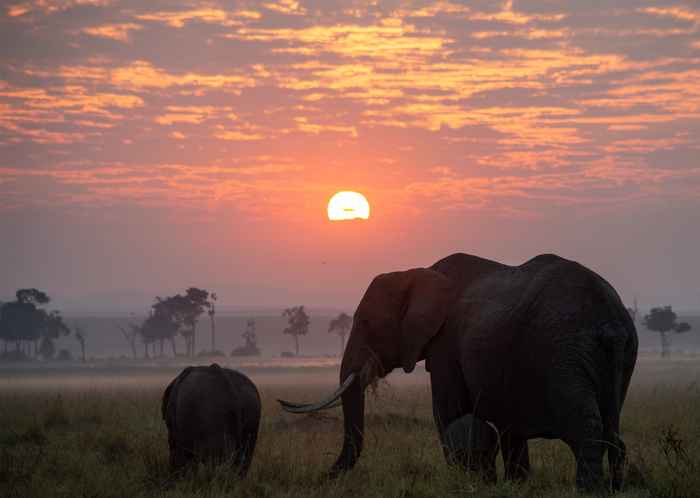Humans have eroded 2 million km2 of wilderness since 2000
22 September 2020

The research team found that between 2000 and 2013, 1.89 million km2 - an area the size of Mexico - of intact habitat was modified. Brooke Williams, lead author from the University of Queensland, said her findings are alarming: ‘Species need intact land for habitat, and people need them for climate regulation and clean water. We continue to take the last natural places for granted, but our results show urgent action is needed to save them.’
Extinction and climate change
The study shows that most modification occurred within tropical and subtropical grasslands, savannah, and shrubland ecosystems, but the rainforests of Southeast Asia also underwent rapid modification. Co-author Dr James R. Allan from the Institute for Biodiversity and Ecosystem Dynamics at the University of Amsterdam says: ‘Humans keep encroaching on the places species need to survive. It is crucial we save Earth’s last intact ecosystems, because they are critical for stopping extinction, halting climate change and reducing the risk of future disease pandemics.’

These results were discovered using a dataset called the human footprint, built by an international team of experts to track humanity’s influence across Earth’s surface. Dr Allan explains: ‘We used powerful computing, a network of satellites, as well as new census and crowd-sourced data to develop a picture of how we are modifying the natural world. We hope this new information will lead to conservation action’.
Footprint datasets available
As we emerge from the COVID 19 pandemic, the team urges governments to recover their economies in a way that is sustainable, which includes proactively protecting the valuable remaining intact habitat and wilderness that they are responsible for. To facilitate and promote the protection of wilderness, the authors have made the human footprint datasets for the years 2000, 2005, 2010, and 2013 publicly and freely available through the data repository Dryad https://doi.org/10.5061/dryad.3tx95x6d9
Publication details
Brooke A. Williams, Oscar Venter, James R. Allan, Scott C. Atkinson, Jose A. Rehbein, Michelle S. Ward, Moreno Di Marco, Hedley S. Grantham, Jamison Ervin, Scott Goetz, Andrew J. Hansen, Patrick Jantz, Rajeev Pillay, Susana Rodríguez-Buriticá, Christina Supples, Anne L.S. Virnig, James E.M. Watson: ‘Change in Terrestrial Human Footprint Drives Continued Loss of Intact Ecosystems’ in One Earth (2020). DOI: https://doi.org/10.1016/j.oneear.2020.08.009